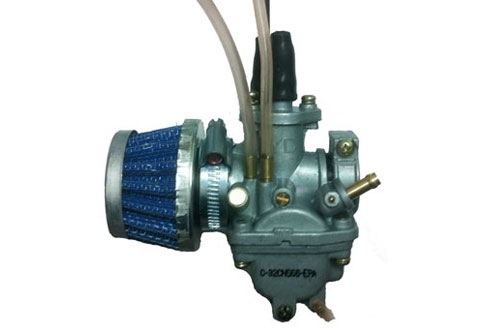Hi, name is David, from Australia.
I've just finished building my first motorised bike and tested it and have some questions.
I'm using a 50cc 200W engine kit from Rock Solid (200W because that's the legal limit before you are required to have a license here in Australia), which took me a while to put together but it's all done and works.
While I was riding, at first it would rev up, but after that, whenever I tried to speed up, it felt like nothing was changing, possibly slowing down even. It sounded like it was choking. When I disengage the clutch, I can rev up the engine easily and hear it do so, engage the clutch, the engine chokes, then runs, sometimes it'll speed up, sometimes nothing.
At one point when I engaged the clutch, the engine just died on me.
What could be the cause of a weak run?
I've just finished building my first motorised bike and tested it and have some questions.
I'm using a 50cc 200W engine kit from Rock Solid (200W because that's the legal limit before you are required to have a license here in Australia), which took me a while to put together but it's all done and works.
While I was riding, at first it would rev up, but after that, whenever I tried to speed up, it felt like nothing was changing, possibly slowing down even. It sounded like it was choking. When I disengage the clutch, I can rev up the engine easily and hear it do so, engage the clutch, the engine chokes, then runs, sometimes it'll speed up, sometimes nothing.
At one point when I engaged the clutch, the engine just died on me.
What could be the cause of a weak run?



